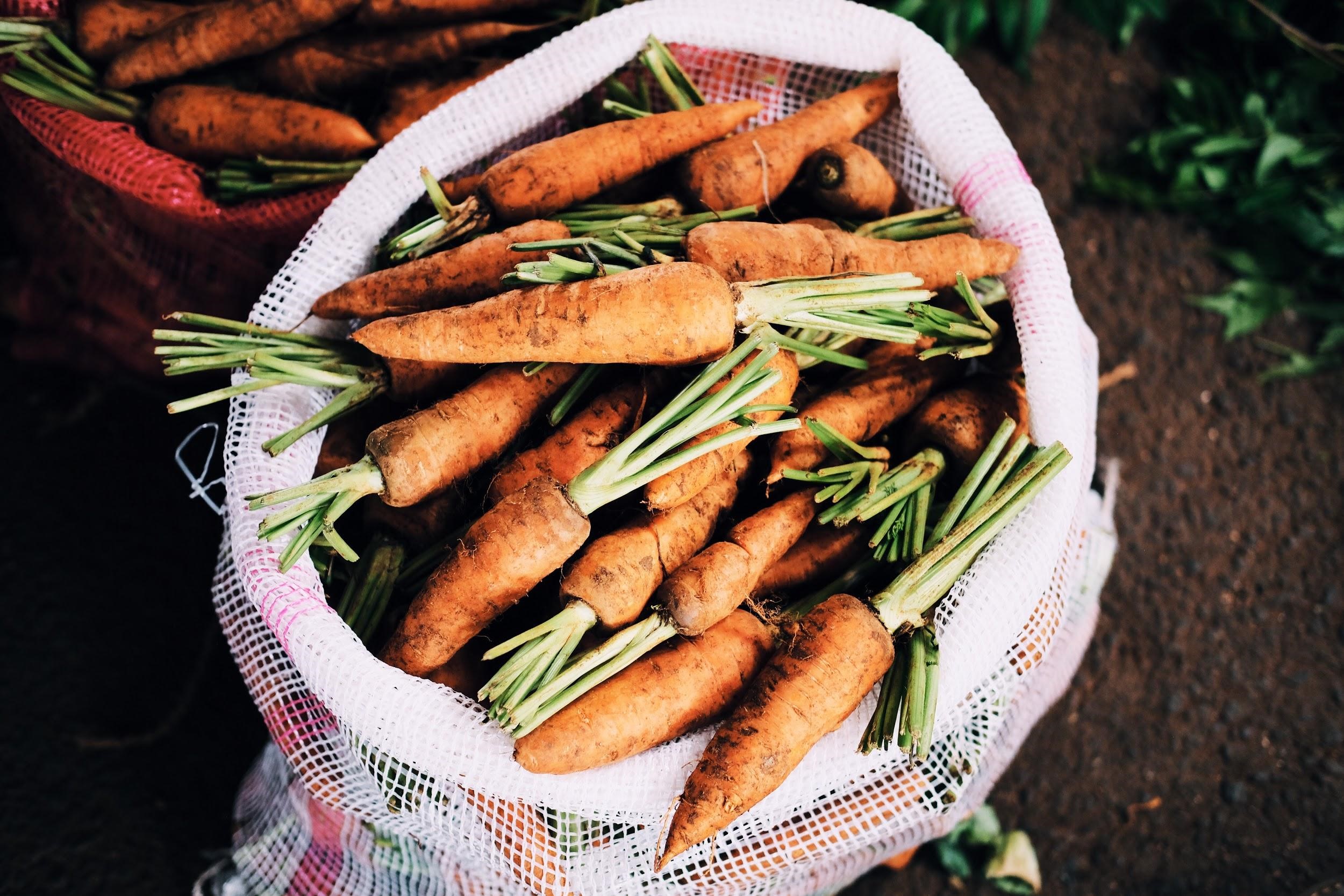During the seemingly never-ending Covid-19 lockdown, many of us have turned to homebound activities, such as gardening. Or bread baking. Or, eek, job hunting! For me, it was all of the above. In this guide, I’ll give you a bunch of hand-selected tips to get your own organic veggie and fruit patch up and running (job hunting article coming soon, ha!).
When I started my gardening journey back in March, it was daunting. After all, as far as I knew, my carrots and tomatoes came from the supermarket or the farmers’ market (the latter when feeling flush with cash, anyway).
So if you’re feeling the ‘where do I start?’ nerves, I totally get you. Here are 7 ways to get going.
Don’t Be Tempted to Go Big (Yet!)
I know, I know. You’ve seriously caught the gardening bug and you want to go all out. That’s what I thought at first. But what ends up happening is that you just take on much more than you can actually handle, and it becomes a little stressful (totally beating the point of the whole thing!).
So what I recommend is starting small. Go for No-Dig Gardening, for example, if you don’t want to get your hands dirty just yet. Or plant a small selection of produce. Starting off with strawberries, for example, is a great bet. Full of antioxidants and they’re also perfect for beginners.
Focus on What You Buy
Okay, you may say this is an obvious one. But a lot of people (including me!) tend to focus on ‘trendy’ produce or stuff they wish they’d eat, rather than the basics that will be more useful in daily life.
So have a look at your shopping list, and see which of those you think can be grown in your own garden. Basics like tomatoes and salad leaves are good starting points. No frills, but stuff you’ll definitely end up loving.
Vertical Gardening for the Win
This is one of my favorite tips because it helps those of us with micro-gardens or wee balconies to have our own gardens as well. Vertical gardening is also a very useful approach if you have a larger patch too, as it maxes out your space usage even more.
This method of gardening has taken a huge upswing in popularity in the past couple of years. Vertical Veg is probably the best overall resource for it, and I highly recommend you check it out. You’ll find out how you can grow over $1000 worth of produce using a tiny space.
Create a Sun Map
This is a key, key step when it comes to building your own successful organic garden. You want to grow your produce in the right location, or you’ll end up having to redo the whole thing (which is a huge pain, and potentially a little expensive).
So you’ll need a good amount of sun, as well as decent drainage. Keep in mind that approximately 6 to 8 hours of sunshine per day is an absolute must. But there should also be some shade in the afternoon, or you’ll end up with too much sun. This sun map guide helped me out a lot.
Chemicals = No!
If you’re going to follow just one tip from this guide, it’s this one: do everything you can to avoid using chemicals in your organic garden. Most people think they’re part and parcel of modern gardening, an unfortunate by-product of having your own fertile plot of land.
But that’s just not true. There are several organic and environmentally-friendly ways to keep weeds from destroying the gardening fun. This is one tried and tested method: companion plants. You go for plants that get those beneficial insects to visit your garden and keep the nasties away.
Always Go Local
This goes back to my ‘shopping list’ tip. You want to go for produce that is grown locally. There are two clear reasons why this is preferable. Firstly, it’s far easier. These plants are local for a reason. They’ll thrive in the average conditions of your area, so you won’t have to fight the environment to get your produce to grow successfully.
Secondly, going local is a plus for the environment. This is because they will require less water, maintenance, or any other products to help the growing stage. Local plants are also known to birds and insects that live in the area, keeping the whole ‘circle of life’ thing going!
Don’t Be Afraid to Make Mistakes
Gardening is a process, remember that. You’re not going to get everything right the first time, no matter how many guides you read. Practice makes perfect and all that. Besides, it’s all about the journey. Gardening is fun in its own right and scientifically proven to be therapeutic. Don’t fret about growing the perfect vegetable or having an Instagram-ready garden. That’s not what it’s about. You’ll get misshapen carrots, tomatoes you would never show your mom, and some plants will just refuse to grow. It’s all part of it, so enjoy it!








